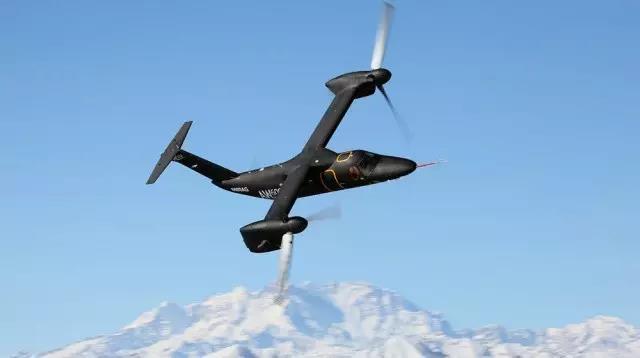 2025-07-24
2025-07-24
The UAV dynamic models in different articles are similar. We should pay attention to the differences in the definitions of the airframe coordinate system in different articles, such as the articles [1] and [2] mentioned above. The establishment of the world coordinate system and the airframe coordinate system is the way of "northeast sky", that is,
The axis is vertical upward and vertical to the horizontal plane of the fuselage. On the contrary, the coordinate system adopted in this paper is "north-east", that is,
The axis is vertical downward and vertical to the horizontal plane of the fuselage downward. Of course, these two coordinate system selection methods will not affect the whole process of derivation of differential flatness of UAV, but we need to pay attention to the differences between them in the process of derivation, simulation and practical application. In addition, the direction and number of propeller rotation, and
Axis orientation, the definition of each article is also different. In this paper, the definition is shown in Figure 2-1, and the configuration of UAV is "X".
The axial direction is defined as symmetrical to the forward direction of the two propellers, and the propellers numbered 0, 1, 2 and 3 respectively correspond to the right front propeller, left rear propeller, left front propeller and right rear propeller of the UAV in the figure. At the same time, the rotation direction of the propellers is defined as: the No.0 and No.1 propellers rotate counterclockwise, and the No.2 and No.3 propellers rotate clockwise. The definition of this part mainly involves the formation of the mapping matrix from the total thrust and triaxial torque of UAV to the output force of single motor, but it will not affect the proof of differential flatness of UAV. Finally, the rotation order of the rotation matrix is different in different articles, and I will adopt the "z-y-x" rotation order in the second article here.
